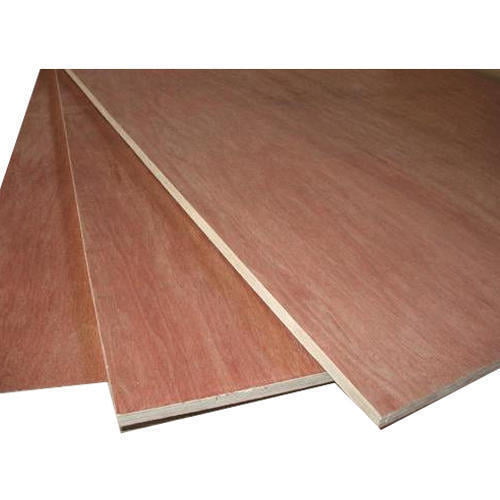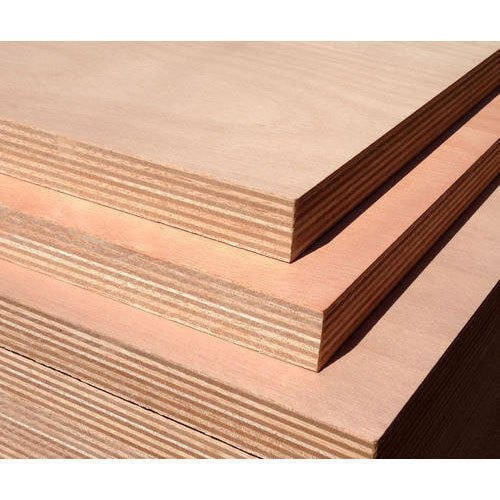Introduction
Cutting plywood may seem daunting, but with the right tools and techniques, it's a breeze! Whether you're a DIY enthusiast or a seasoned woodworker, mastering the art of cutting plywood opens up a world of possibilities for your projects. In this article, we'll explore the various tools and techniques used for cutting plywood, making it easy and enjoyable.
Tools that you can use to cut Plywood
Below are the tools listed along with their purpose explained:
1. Circular Saw: The workhorse of plywood cutting, a circular saw is versatile and efficient. Its rotating blade slices through plywood with ease, making straight cuts a cinch.
2. Jigsaw: Perfect for intricate cuts and curves, a jigsaw offers flexibility and precision. Its reciprocating blade allows for intricate designs and detailed work.
3. Table Saw: Ideal for large sheets of plywood, a table saw provides stability and accuracy. Its fixed blade and adjustable fence ensure straight and uniform cuts.
4. Hand Saw: Sometimes old-school is the way to go! A hand saw offers portability and simplicity, making it a reliable option for smaller projects or on-the-go cutting needs.

Techniques to cut Plywood - Different kinds of Cuts
If you are someone who is new to cutting plywood and is not thorough with the techniques used in the field, here’s a few tips to get you across:
1. Straight Cuts: For basic straight cuts, a circular saw or table saw is your best bet. Simply measure, mark, and guide the saw along the cut line for precise results.
2. Curved Cuts: When tackling curved cuts or intricate shapes, reach for a jigsaw. Its manoeuvrability allows for smooth and controlled cuts, perfect for custom designs or artistic touches.
3. Rip Cuts: Need to cut plywood lengthwise? A table saw excels at rip cuts, ensuring clean and parallel edges for your project.
4. Cross Cuts: For cutting plywood across the grain, a circular saw or table saw is the way to go. Set the blade depth and fence width for accurate crosscuts every time.

Where & How to cut Plywood
1. Workshop Setup: Ensure your workspace is clean, well-lit, and free of clutter. A stable workbench or sawhorses provide a solid foundation for cutting plywood.
2. Safety First: Always wear appropriate safety gear, including goggles and ear protection. Keep hands clear of the blade and follow manufacturer guidelines for safe operation.
3. Measure Twice, Cut Once: Take accurate measurements and mark cut lines with a pencil or chalk. Double-check measurements before cutting to avoid costly mistakes.
4. Support the Plywood: Use sawhorses or a stable surface to support the plywood during cutting. This prevents splintering and ensures smooth, clean cuts.

Conclusion
Cutting plywood doesn't have to be intimidating. With the right tools and techniques, you'll be cutting like a pro in no time! Whether you're making simple straight cuts or intricate designs, there's a tool and method suited to your needs. Remember to prioritise safety, measure carefully, and practice patience. So, roll up your sleeves, grab your tools, and let your creativity soar as you embark on your plywood cutting journey!






